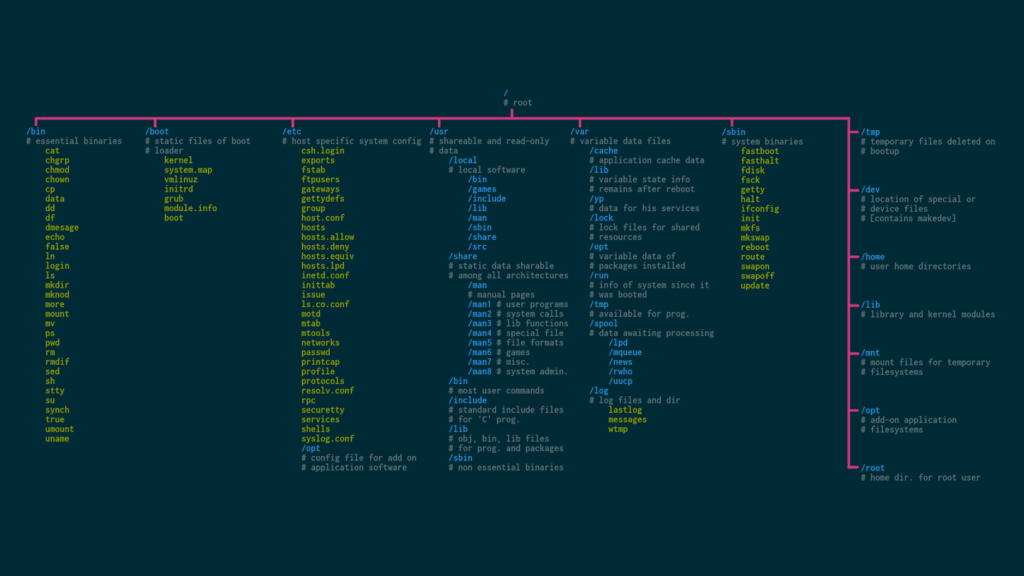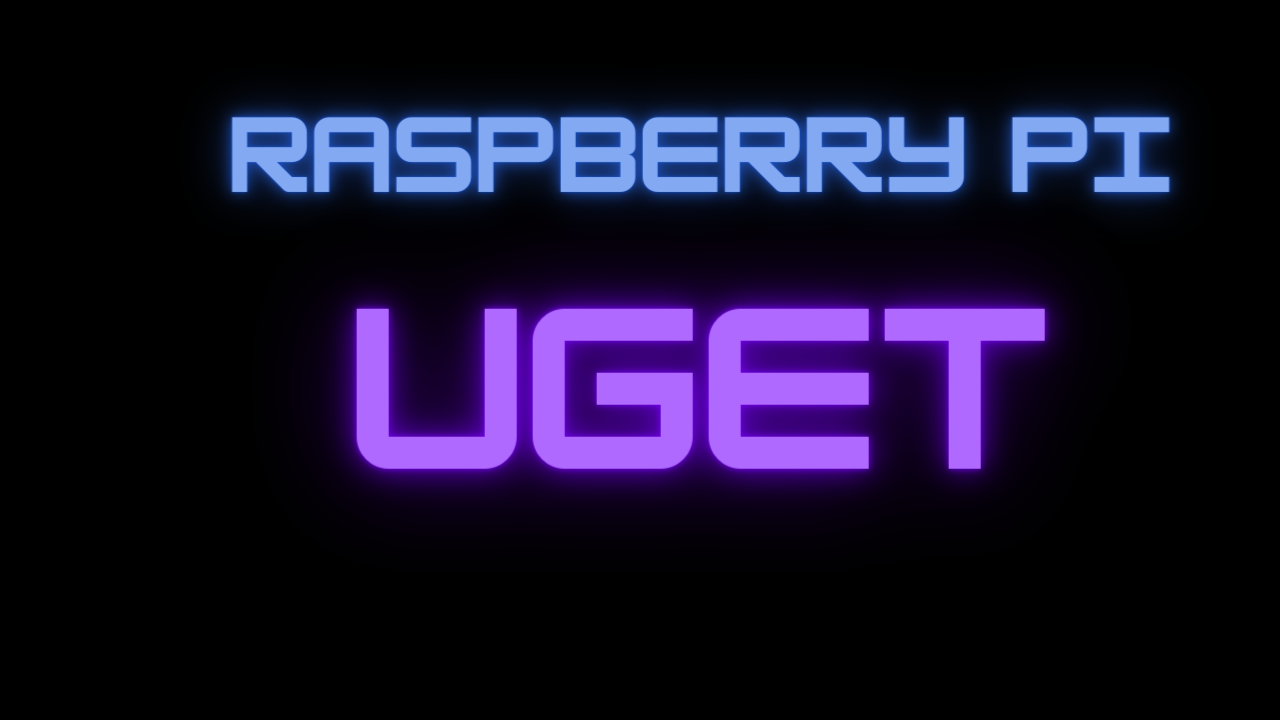
For tech enthusiasts and Raspberry Pi aficionados, managing downloads effectively can be a crucial aspect of your projects. While the built-in tools offer basic functionality, uGet emerges as a powerful, open-source download manager, elevating your productivity and control.
What is uGet?
uGet is a lightweight, GTK-based download manager designed for efficiency and ease of use. It boasts a clean interface, robust features, and seamless integration with various download protocols and browsers.
Key Features for Tech Pros:
- Multi-threaded downloads: Maximize bandwidth utilization by splitting files into segments and downloading them concurrently.
- Batch processing: Schedule, organize, and manage multiple downloads efficiently.
- Category management: Create and assign categories to downloads for better organization and filtering.
- Automatic resume: Recover seamlessly from interruptions without losing progress.
- Plugin support: Expand functionality with plugins for integration with cloud storage, torrent downloads, and more.
Installation on Raspberry Pi:
Method 1: Using the Official Repository (Debian-based distros)
Bash
sudo apt update
sudo apt install uget uget-integrator
Use code with caution. Learn morecontent_copy
Method 2: Building from Source (for more control)
- Download the source code (
git clone https://github.com/ugetdm/uget). - Follow the build instructions in the README file.
Pros for Tech Professionals:
- Enhanced download speed: Multi-threading and segmented downloads lead to faster completion times.
- Cross-platform compatibility: Works seamlessly on various Raspberry Pi operating systems and distributions.
- Flexible scheduling: Automate downloads during non-peak hours or based on specific triggers.
- Fine-grained control: Fine-tune download behavior for optimizing network usage and resource management.
- Open-source and customizable: Access the source code, contribute to development, and personalize settings to your preferences.
Cons to Consider:
- Potential initial learning curve: Exploring advanced features might require some adjustment, particularly for less experienced users.
- Limited command-line integration: While primarily GUI-based, advanced automation scripts might require workarounds.
- Resource usage: Multi-threading can increase CPU and RAM usage, potentially impacting resource-constrained projects.
Quick Tips:
- Explore plugins to extend uGet’s capabilities and tailor it to your specific needs.
- Leverage categories and filtering options for streamlined download management.
- Utilize scheduling features to optimize network usage and automate repetitive tasks.
- Experiment with advanced settings to fine-tune download behavior and resource allocation.
Remember, this is just a starting point. You can expand on each section with more details, examples, and use cases relevant to your target audience. Consider showcasing real-world applications of uGet to illustrate its value proposition for tech professionals. Engage your readers by posing questions, encouraging discussion, and highlighting uGet’s potential to empower their Raspberry Pi projects.


Leave a Reply